GENERAL TOPOLOGY
JOHN L. KELLEY
DOVER PUBLICATIONS, INC.
MINEOLA, NEW YORK
Bibliographical Note
This Dover edition, first published in 2017, is an unabridged republication of the work originally published in 1955 by the Van Nostrand Reinhold Company, New York.
Library of Congress Cataloging-in-Publication Data
Names: Kelley, John L.
Title: General topology / John L. Kelley.
Description: Dover edition. | Mineola, New York : Dover Publications, Inc., 2017. | Originally published: New York : Van Nostrand Reinhold Company, 1955. | Includes bibliographical references and index.
Identifiers: LCCN 2016040931| ISBN 9780486815442 | ISBN 0486815447
Subjects: LCSH: Topology.
Classification: LCC QA611 .K4 2017 | DDC 514--dc23 LC record available at https://lccn.loc.gov/2016040931
Manufactured in the United States by LSC Communications
81544701 2017
www.doverpublications.com
PREFACE
This book is a systematic exposition of the part of general topology which has proven useful in several branches of mathematics. It is especially intended as background for modern analysis, and I have, with difficulty, been prevented by my friends from labeling it: What Every Young Analyst Should Know.
The book, which is based on various lectures given at the University of Chicago in 194647, the University of California in 194849, and at Tulane University in 195051, is intended to be both a reference and a text. These objectives are somewhat inconsistent. In particular, as a reference work it offers a reasonably complete coverage of the area, and this has resulted in a more extended treatment than would normally be given in a course. There are many details which are arranged primarily for reference work; for example, I have taken some pains to include all of the most commonly used terminology, and these terms are listed in the index. On the other hand, because it is a text the exposition in the earlier chapters proceeds at a rather pedestrian pace. For the same reason there is a preliminary chapter, not a part of the systematic exposition, which covers those topics requisite to the main body of work that I have found to be new to many students. The more serious results of this chapter are theorems on set theory, of which a systematic exposition is given in the appendix. This appendix is entirely independent of the remainder of the book, but with this exception each part of the book presupposes all earlier developments.
There are a few novelties in the presentation. Occasionally the title of a section is preceded by an asterisk; this indicates that the section constitutes a digression. Other topics, many of equal or greater interest, have been treated in the problems. These problems are supposed to be an integral part of the discussion. A few of them are exercises which are intended simply to aid in understanding the concepts employed. Others are counter examples, marking out the boundaries of possible theorems. Some are small theories which are of interest in themselves, and still others are introductions to applications of general topology in various fields. These last always include references so that the interested reader (that elusive creature) may continue his reading. The bibliography includes most of the recent contributions which are pertinent, a few outstanding earlier contributions, and a few cross-field references.
I employ two special conventions. In some cases where mathematical content requires if and only if and euphony demands something less I use Halmos iff. The end of each proof is signalized by  . This notation is also due to Halmos.
. This notation is also due to Halmos.
J. L. K.
Berkeley, California
February 1, 1955
ACKNOWLEDGMENTS
It is a pleasure to acknowledge my indebtedness to several colleagues.
The theorems surrounding the concept of even continuity in are the joint work of A. P. Morse and myself and are published here with his permission. Many of the pleasanter features of the appended development of set theory are taken from the unpublished system of Morse, and I am grateful for his permission to use these; he is not responsible for inaccuracies in my writing. I am also indebted to Alfred Tarski for several conversations on set theory and logic.
I owe thanks to several colleagues who have read part or all of the manuscript and made valuable criticisms. I am particularly obliged to Isaku Namioka, who has corrected a grievous number of errors and obscurities in the text and has suggested many improvements. Hugo Ribeiro and Paul R. Halmos have also helped a great deal with their advice.
Finally, I tender my very warm thanks to Tulane University and to the Office of Naval Research for support during the preparation of this manuscript. This book was written at Tulane University during the years 195052; it was revised in 1953, during tenure of a National Science Foundation Fellowship and a sabbatical leave from the University of California.
J. L. K.
April 21,1961
A number of corrections have been made in this printing of the text. I am indebted to many colleagues, and especially to Krehe Ritter, for bringing errors to my attention.
J. L. K.
CONTENTS
Class calculus
Relation calculus, equivalence relations
Order-complete sets, chains, extension of order-preserving functions
Integers, definition by induction, b-adic expansions
Subsets, unions, the set of real numbers
Schroeder-Bernstein theorem
The first uncountable ordinal
Maximal principle, Kuratowski-Zorn lemma, axiom of choice, well-ordering principle
Comparison of topologies, neighborhood system of a point
Kuratowski closure operators
Topologies with a countable base, Lindelf theorem
Components
A Largest and smallest topologies; B Topologies from neighborhood systems; C Topologies from interior operators; D Accumulation points in T1-spaces; E Kuratowski closure and complement problem; F Exercise on spaces with a countable base; G Exercise on dense sets; H Accumulation points; I The order topology; J Properties of the real numbers; K Half-open interval space; L Half-open rectangle space; M Example (the ordinals) on 1st and 2nd countability; N Countable chain condition; O The Euclidean plane; P Example on components; Q Theorem on separated sets; R Finite chain theorem for connected sets; S Locally connected spaces; T The Brouwer reduction theorem
Uniqueness of limits, iterated limits
Specification of a topology by convergence
A Exercise on sequences; B Example: sequences are inadequate; C Exercise on Hausdorff spaces: door spaces; D Exercise on subsequences; E Example: cofinal subsets are inadequate; F Monotone nets; G Integration theory, junior grade; H Integration theory, utility grade; I Maximal ideals in lattices; J Universal nets; K Boolean rings: there are enough homomorphisms; L Filters
CHAPTER 3: PRODUCT AND QUOTIENT SPACES
Characterizations of continuity, homeomorphisms
Functions to a product, coordinatewise convergence, countability
Open and closed maps, upper semi-continuous decompositions
A Connected spaces; B Theorem on continuity; C Exercise on continuous functions; D Continuity at a point; continuous extension; E Exercise on real-valued continuous functions; F Upper semi-continuous functions; G Exercise on topological equivalence; H Homeomorphisms and one-to-one continuous maps; I Continuity in each of two variables; J Exercise on Euclidean n-space; K Exercise on closure, interior and boundary in products; L Exercise on product spaces; M Product of spaces with countable bases; N Example on products and separability; O Product of connected spaces; P Exercise on
Next page
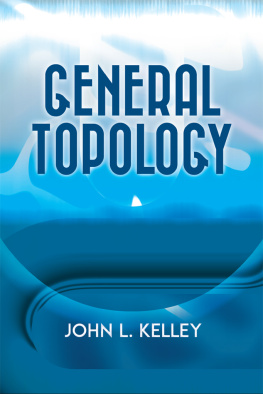
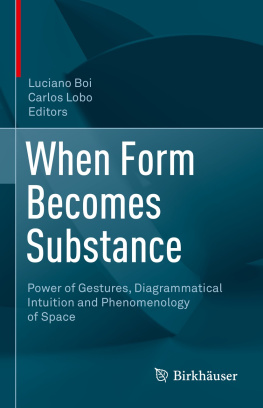

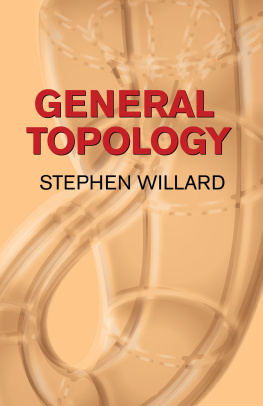
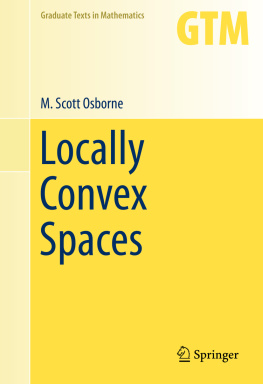
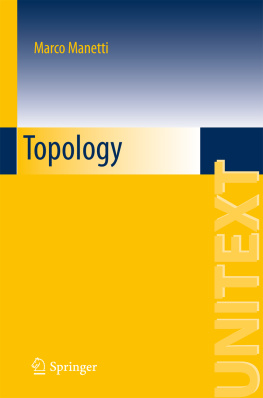

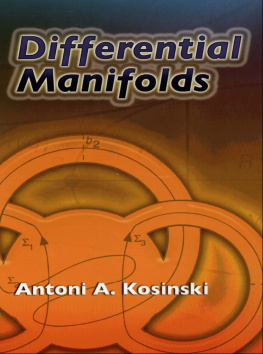

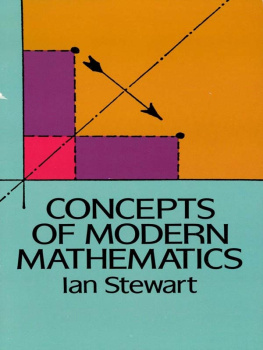

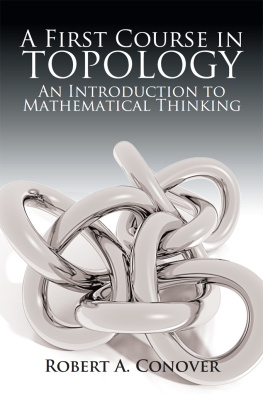
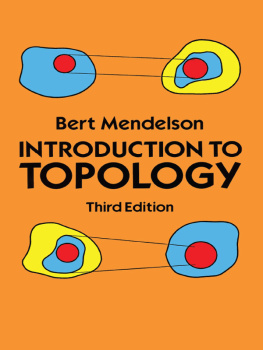
 . This notation is also due to Halmos.
. This notation is also due to Halmos.